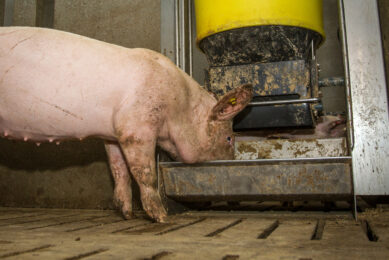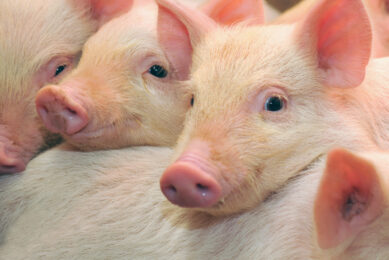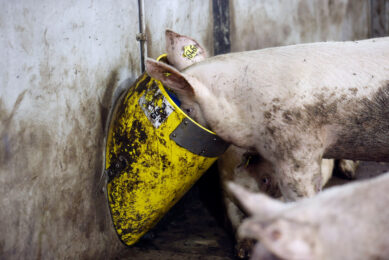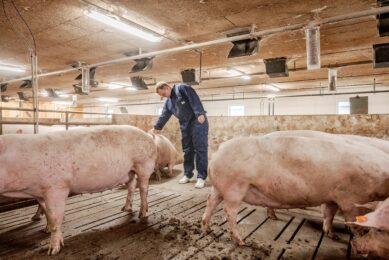Dietary electrolyte balance (dEB)
When we formulate diets for pigs, little attention is paid usually on minerals, apart from meeting certain specifications and only for just a few of them. Yet, minerals are extremely important especially because the balance among them affects metabolism in a very profound way. Let’s see how this little known nutritional topic can influence animal performance.
When we formulate diets for pigs, little attention is paid usually on minerals, apart from meeting certain specifications and only for just a few of them. Yet, minerals are extremely important especially because the balance among them affects metabolism in a very profound way. Let’s see how this little known nutritional topic can influence animal performance.
The balance of dietary cations (positively charged ions) and anions (negatively charged ions) is in close relationship with pig performance and affects metabolism quite differently than individual ions. The dietary electrolyte balance (dEB), also known as cation-anion difference (CAD), is calculated using only monovalent ions (that is, sodium, potassium, and chlorine). A more comprehensive estimate, however, takes into account also the contribution of divalent ions (that is, calcium, magnesium, sulfur, and phosphorus), but it is used less often because it requires more chemical analyses.
Equation
The equation below is the most widely used form of dEB taking into account easily obtained analyses for sodium (Na), potassium (K), and chlorine (Cl).
dEB (mEq/kg) = 1,000 × [Na(g/kg)/23 + K(g/kg)/39 – Cl(g/kg)/35.5]
The dietary electrolyte balance is an indication of the metabolisable ions that can generate or consume acid during metabolism. Diets with negative dEB are more likely to cause metabolic acidosis than diets with positive dEB. Metabolic acidosis has been implicated with reduced feed intake. Dietary electrolyte balance may also affect energy, amino acid, vitamin, and mineral metabolism. For example, excess dietary alkalinity (positive dEB) may increase lysine oxidation and, thus, increase the requirement for lysine.
It is widely accepted that dEB below zero is associated with depressed performance and health in pigs, whereas values between 0 and 300 mEq/ kg are considered more appropriate, albeit research results have been variable.
Ingredient selection
Dietary ingredient selection strongly interacts with dEB. For example, piglets fed a diet high in non-starch polysaccharides (15%), an unusual diet for young pigs, benefit from low dEB (-100 mEq/kg), whereas pigs fed a diet lower in non-starch polysaccharides (10%) benefit from higher dEB (200 mEq/kg). Nutrient digestibility, particularly dry matter, energy, protein, and chlorine, are also affected in a similar fashion by dietary electrolyte balance.
Until more research is conducted, dEB around 200-250 mEq/kg feed should be satisfactory for most piglet and sow diets, whereas values around 150 mEq/kg for finishing pigs are used frequently without problems.











